How to Prepare for the ADIT Exam Using Only Free Resources
Jan 26
/
Borys Ulanenko
Get a unique guide that will make your preparation stress-free and effective, increasing your chances of success by 50%.
Essential Skills, Strategies, and Tips for Exam Success
50%+ increase in chances to pass the exam with this methodology
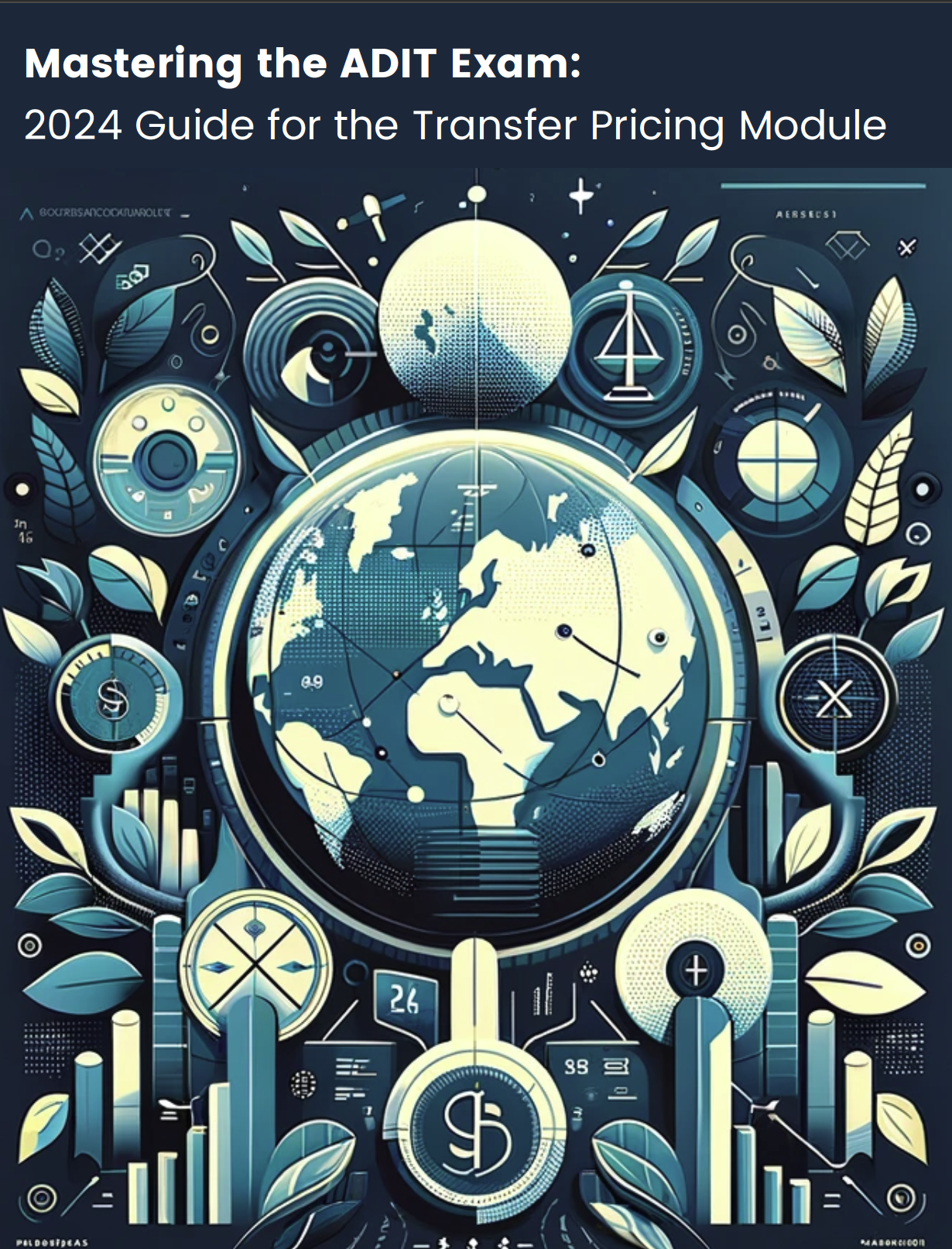
Get your free ADIT prep guide!
Thank you! Download here.
Often, course providers advertise their materials by highlighting how difficult it is to pass the ADIT exam without their course. We are not one of them – we know many cases when candidates successfully passed ADIT exams using only freely available resources. Here, we want to suggest useful books, guidelines and web-pages that can be especially helpful if you'd like to prepare for the transfer pricing exam yourself.
Who can prepare for the ADIT exam using only freely available resources?
It will be most comfortable for someone who:
- Already works for transfer pricing for at least a few years, and/or
- Has experience with transfer pricing cases and problems in real life, and
- Has sufficient time.
In our experience,
preparation with only source documents and free resources can take up to two
times more time than if you have a good textbook and the course.
Downsides
- If you don't have at least 250-300 hours for preparation, it will be
challenging. While
good textbook and the course summarize all syllabus topics, provide
concentrated knowledge and give you particular practical skills to pass the
exam, original texts and free resources will mainly give you detailed
theoretical knowledge (which does not mean it is always useful for the exam).
- You'll have difficulties building practical case solving skills. ADIT textbooks provide you with a
lot of practical examples, and good courses give a chance to practice case
solving. Reading only source documents and free resources, though, will not
help with this much.
- You'll have to do a lot of planning and structure your studies yourself. While courses and textbooks are usually built around ADIT syllabus and introduce transfer pricing field step-by-step, in a logical order, you may need to jump from one topic to another if preparing yourself.
The approach
We
generally recommend picking one syllabus topic at a time and then reading it in
several sources. Some issues are better explained in the OECD Guidelines, while
the UN Manual brilliantly covers others.
So now, what are these resources that may help
you prepare for the exam?
Resources
Transfer
Pricing and Developing Economies: A Handbook for Policy Makers and
Practitioners
By Joel
Cooper, Randall Fox, Jan Loeprick, and Komal Mohindra (World Bank Group)
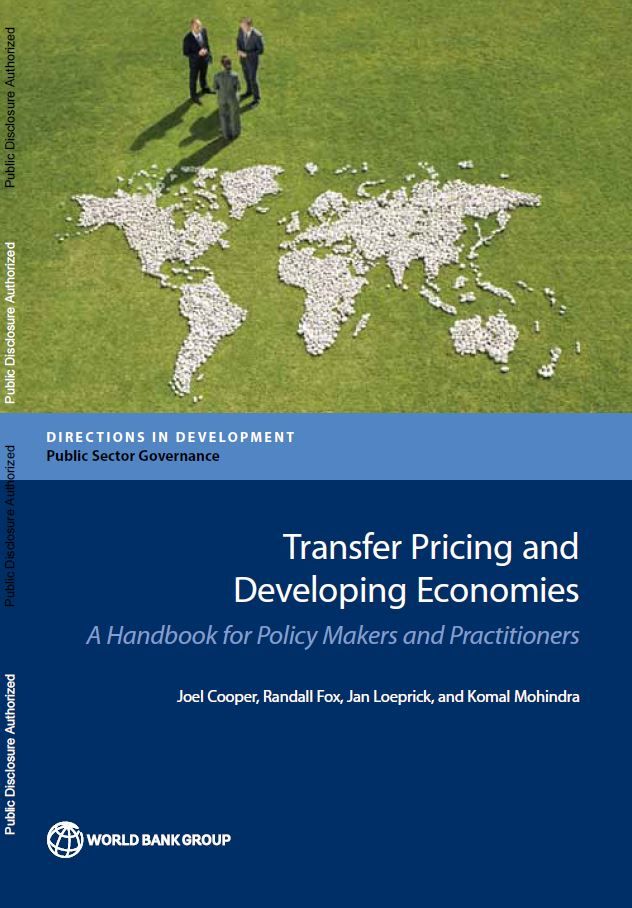
This is a
very useful introductory text. It gives a bird's-eye view of transfer pricing rules
and principles and focuses on key concepts of transfer pricing.
Difficulty:
Basic. Language is
simple, and transfer pricing concepts are explained in a way that everyone without
any prior experience can understand.
How to
read: We recommend reading chapters 1 and 2 first (and
before reading other sources). This will give you some basic understanding of
transfer pricing environment. You can then read subsections of chapters 4 and 5
when you start with a new topic (i.e. comparability, or specific transaction
type). You can skip sections that focus on administrative matters for
developing countries, though.
OECD
Transfer Pricing Guidelines for Multinational Enterprises and Tax
Administrations
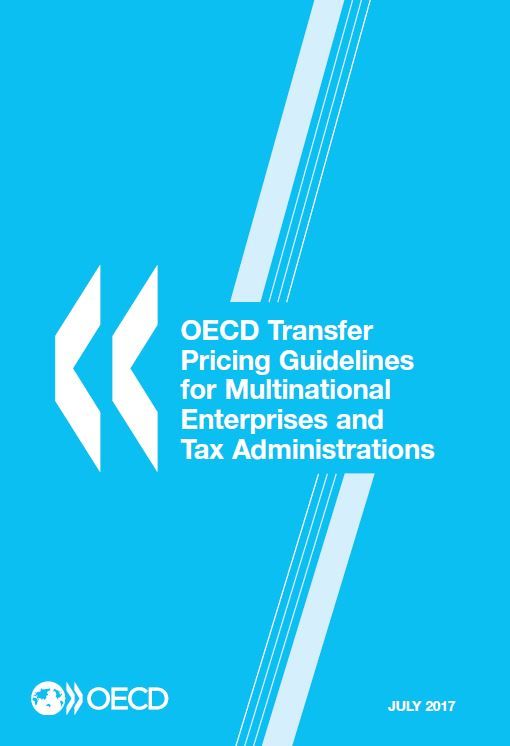
The OECD Guidelines
is a fundamental source of transfer pricing rules and a cornerstone document
for the current transfer pricing regime. It contains answers to most of the
ADIT questions; therefore, being able to navigate quickly through its content
is a critical skill for the successful passing of this exam.
Difficulty: Advanced. It is a highly technical document written in the OECD language.
How to read: We do not recommend reading the OECD Guidelines from cover to cover in one go. It's best to cover one topic at a time and read it in other books in parallel. Start with the "Transfer Pricing and Developing Economies" on every topic you plan to study, and then move to the OECD Guidelines.
Difficulty: Advanced. It is a highly technical document written in the OECD language.
How to read: We do not recommend reading the OECD Guidelines from cover to cover in one go. It's best to cover one topic at a time and read it in other books in parallel. Start with the "Transfer Pricing and Developing Economies" on every topic you plan to study, and then move to the OECD Guidelines.
UN Practical Manual on Transfer Pricing for Developing Countries (2017)
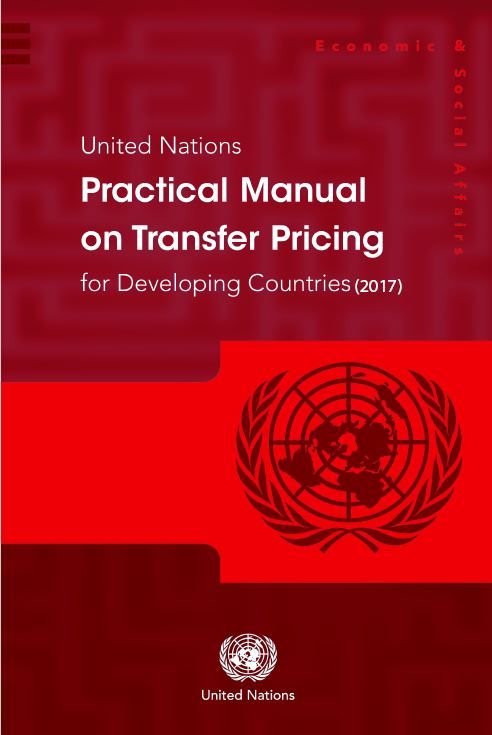
UN Practical
Manual mainly covers the same topics as the OECD Guidelines, but does so in
somewhat more straightforward language. You'll often find more examples and
cases there. However, the text is not
consistent in terms of quality and some topics are definitely better covered in
the OECD Guidelines.
Difficulty: Intermediate.
How to read: In parallel with the OECD Guidelines (especially if you need more practical examples).
Difficulty: Intermediate.
How to read: In parallel with the OECD Guidelines (especially if you need more practical examples).
OECD/G20 Base Erosion and Profit Shifting Project 2015 Final Reports (Actions 8-10, 13)
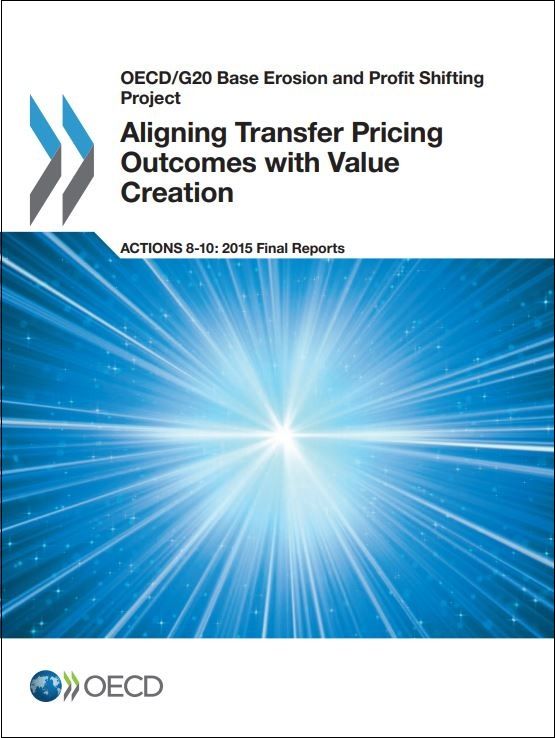
These reports are the outcome of the BEPS project, and they were included in the 2017 version of the OECD Guidelines.
Difficulty: Advanced.
How to read: You should read these reports to understand the transfer pricing context of the BEPS project and what particularly BEPS final reports changed. There can be questions in the exam about this. Read them cover to cover.
OECD Model Tax Convention on Income and on Capital (and accompanying Commentary)
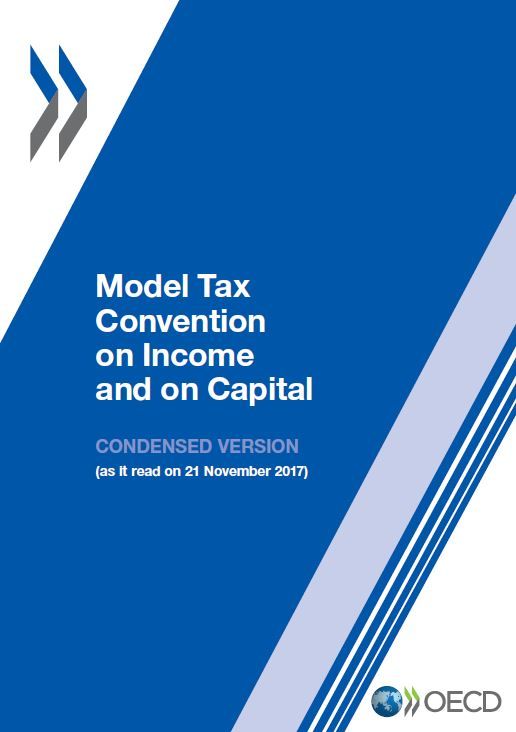
You'll find the Model Tax Convention commentaries especially useful when preparing the PE and double taxation topics.
Difficulty: Advanced.
How to read: The Model Tax Convention commentaries are lengthy and difficult – read them only for relevant topics.
TPcases.com

This is a great portal that summarizes the recent transfer pricing cases. What's more important, it usually includes original court decisions, which is especially useful as you don't have to search for them elsewhere. Also, reading recent TP cases can help you understand how transfer pricing concepts are applied in practice.
Difficulty: Intermediate.
How to use: You can start at TPcases.com when studying court cases included in the syllabus. However, if you want to read them in detail to be able to answer the court case question during the exam (if one is included), you'll have to read original documents as well.
How
our textbook and the course can help?
In case you don't have 300 hours for preparation, and/or you were not working with transfer pricing in the past, our textbook and the course will be especially helpful. The materials that we offer summarize and explain all ADIT transfer pricing topics in simple words. We also help you with gaining practical case solving skills that are critical for a successful exam sitting. By taking our course, you'll spend at least twice less time on preparation (reading source documents included), while feeling much more comfortable about the exam results.
Take our free module on intragroup services and download a free chapter of our textbook to check how it works!
For more details about the textbook and the course, contact us:

We are an online educational platform that helps professionals and aspiring individuals to succeed in their goals.
Featured links
Get your free TP cheat sheet!
Discover the essential concepts of TP in one concise, easy-to-follow cheat sheet.
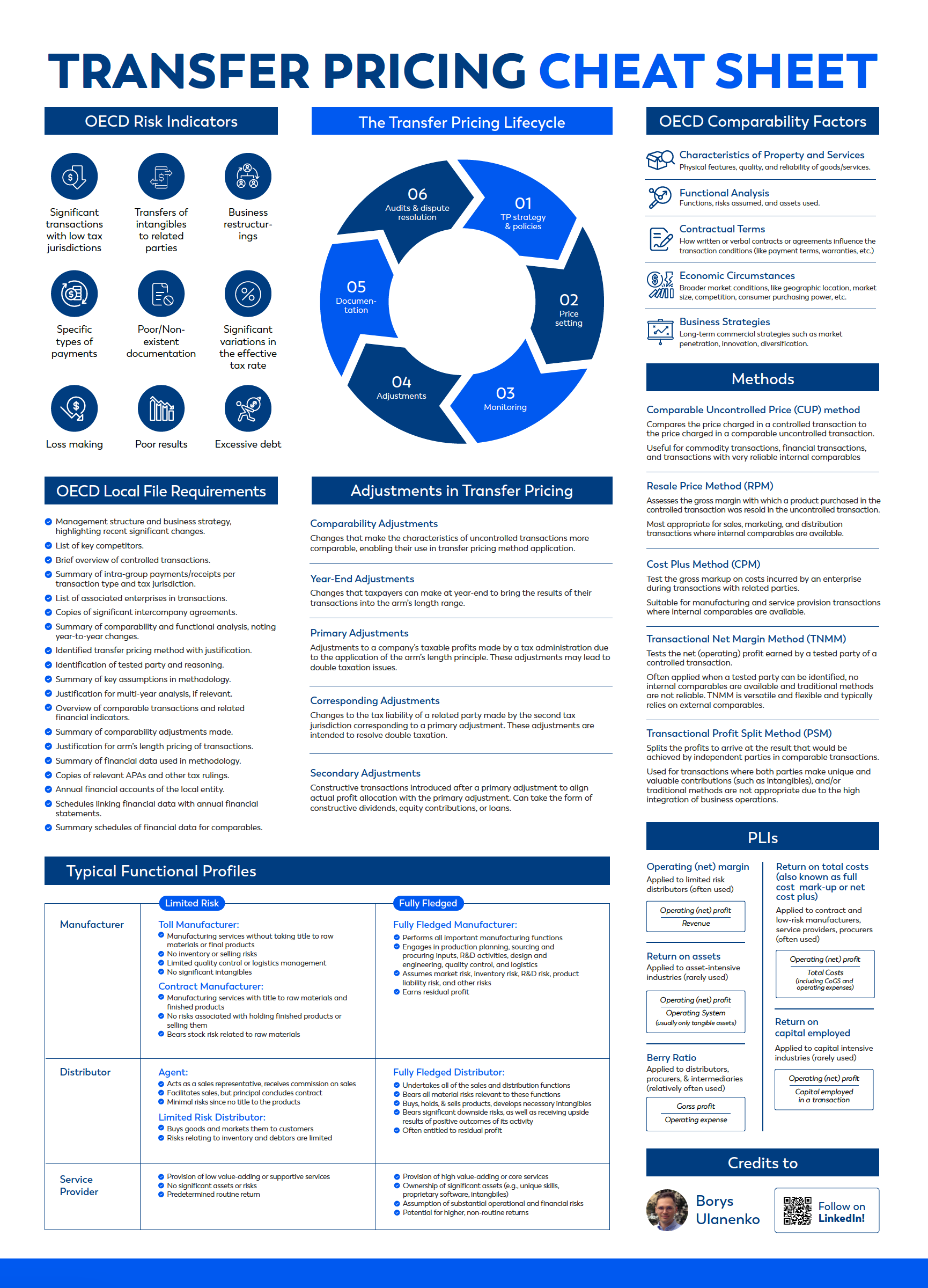
Thank you! Download here.
What is the EU Directive?
The EU is run by an elected EU Parliament and an appointed European Council. The European Parliament approves EU law, which is implemented through EU Directives drafted by the Commission. National governments are then responsible for implementing the Directive into their national laws. In other words, EU Directives are draft laws that then get passed by national governments and then implemented by institutions within the member states.
What is CbCR?
Country-by-Country Reporting (CbCR) is part of mandatory tax reporting for large multinationals. MNEs with combined revenue of 750 million euros (or more) have to provide an annual return called the CbC report, which breaks down key elements of the financial statements by jurisdiction. A CbC report provides local tax authorities visibility to revenue, income, tax paid and accrued, employment, capital, retained earnings, tangible assets and activities. CbCR was implemented in 2016 globally.
